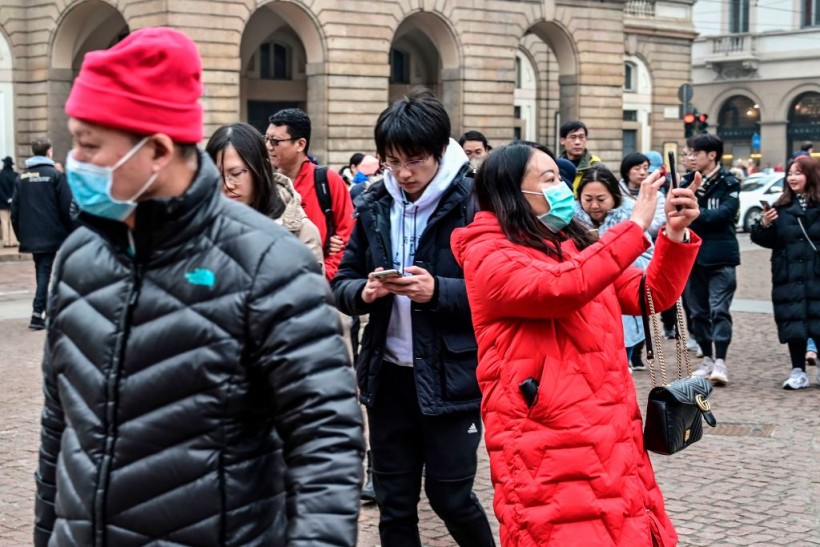China recently held its five-day labor day, which usually drives Chinese to Europe for some luxury shopping. However, with flights still limited following the reopening of the border in China, European luxury stores may need to wait longer for the return of masses of tourists that they were once dependent on.
Overseas High-End Shopping
Retail industry executives and analysts say that it may be more important to consider the type of Chinese visitors to Europe instead of focusing on the numbers alone, according to Reuters.
Flight ticket prices from China to Europe have increased by up to 80 percent more than pre-pandemic prices. Those who are slowly returning to Europe are usually business travelers and wealthier people with the means to travel differently.
This means that the traditional mass-market Chinese tourists who used to flock to European luxury stores may not return for some time. Instead, luxury stores may need to shift their focus to attracting high-end customers who are more likely to spend big on luxury goods.
Read Also: China Announces Reopening of Borders to Foreign Tourists First Time Since COVID-19 Emerged
The Rise of Online Shopping

(Photo : by MIGUEL MEDINA/AFP via Getty Images)
Tourist wearing protective respiratory masks tour outside the Teatro alla Scala in Milan on February 1, 2020. - A virus similar to the SARS pathogen has killed more than 300 people in China and spread around the world since emerging in a market in the central Chinese city of Wuhan. On February 2, China's National Health Commission said more than 14,000 people have been infected by the novel coronavirus.
In addition, online shopping has become increasingly popular in China, making it easier for Chinese consumers to purchase luxury goods without leaving their homes. To compete with online retailers, European luxury stores may need to improve their e-commerce offerings and create a seamless online and offline shopping experience for customers.
Despite the challenges, European luxury stores remain optimistic about the future of Chinese tourism. Many invest in digital marketing and social media campaigns to reach Chinese consumers and build brand awareness. Some also offer personalized shopping experiences and exclusive products to attract high-end customers.
While the return of Chinese mass-market tourists may be delayed, luxury stores can adapt and cater to a new type of Chinese visitor who values high-end experiences and products. The shift towards attracting high-end customers is wider than European luxury stores. Luxury brands worldwide are also adjusting their strategies to cater to Chinese consumers who prioritize quality over quantity.
One way that many luxury brands are doing this is by creating exclusive collections and products specifically for the Chinese market. These products often feature cultural references that resonate with Chinese consumers, making them more likely to purchase them.
Additionally, some luxury stores have begun offering concierge services in Mandarin or Cantonese, ensuring a seamless shopping experience for affluent Chinese visitors who may need more time to speak English or other languages.
Another trend among luxury brands targeting the China market is collaborations with popular social media influencers and celebrities in China. By partnering with these influential figures, luxury brands can reach millions of followers on WeChat and other platforms and build brand awareness among younger generations of wealthy shoppers.
While it remains uncertain when mass-market tourism from China will return to pre-pandemic levels, there's no doubt that European luxury stores are taking steps now to position themselves as top destinations for high-end shoppers worldwide - including those hailing from Mainland China.
Related Article: China To Resume Issuance of Passport, Visa as COVID-19 Restrictions Ease, Posing a Possible Wave of Travelers For Lunar New Year








